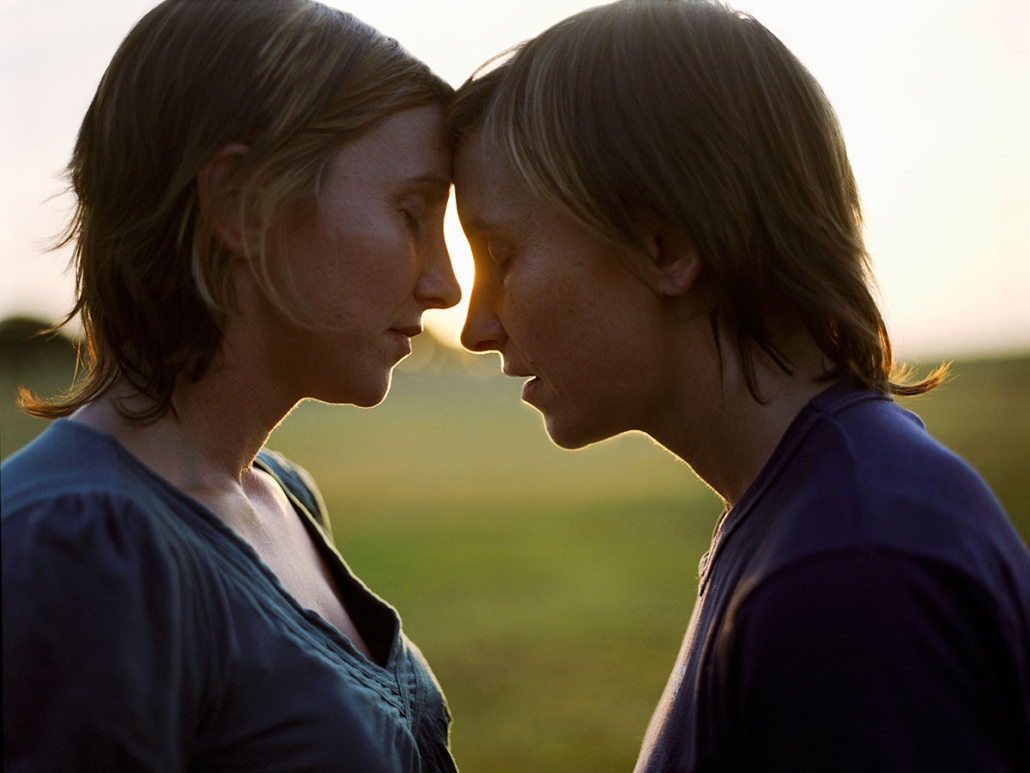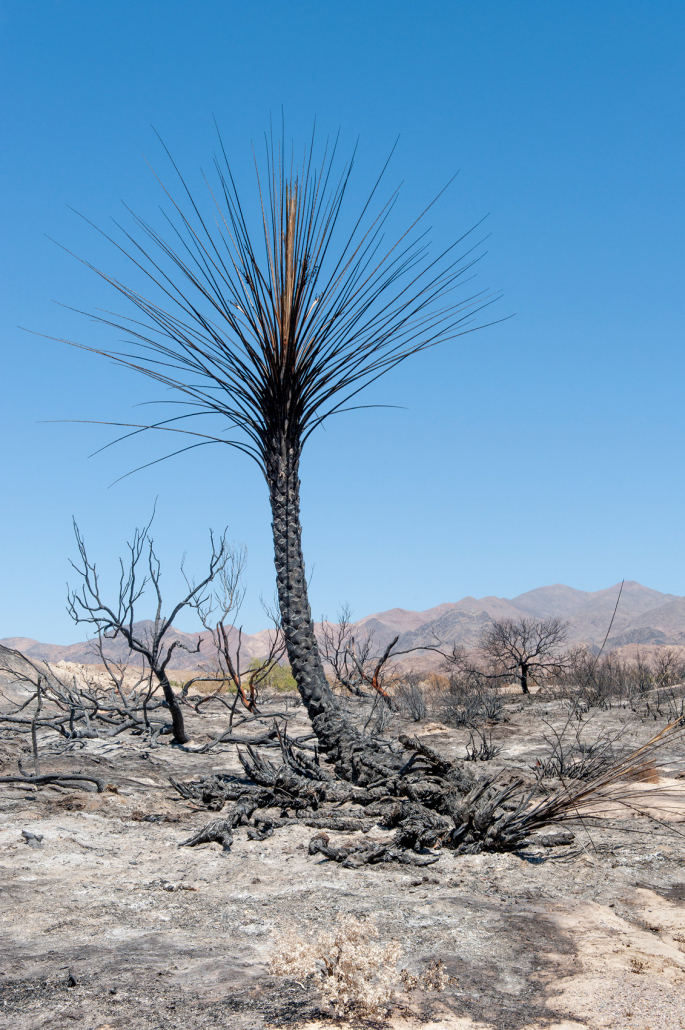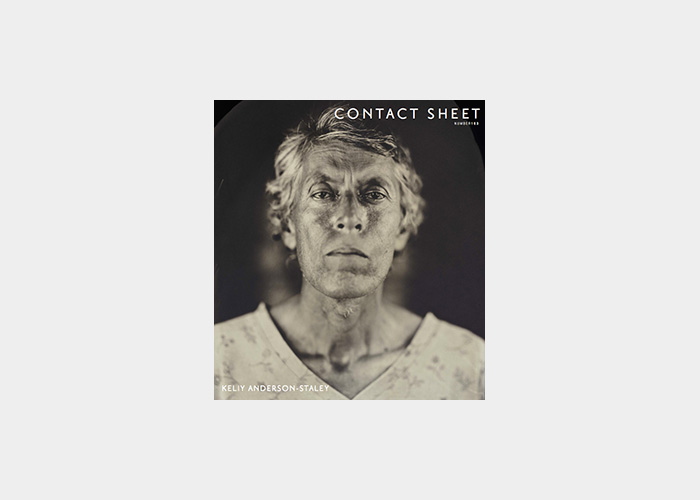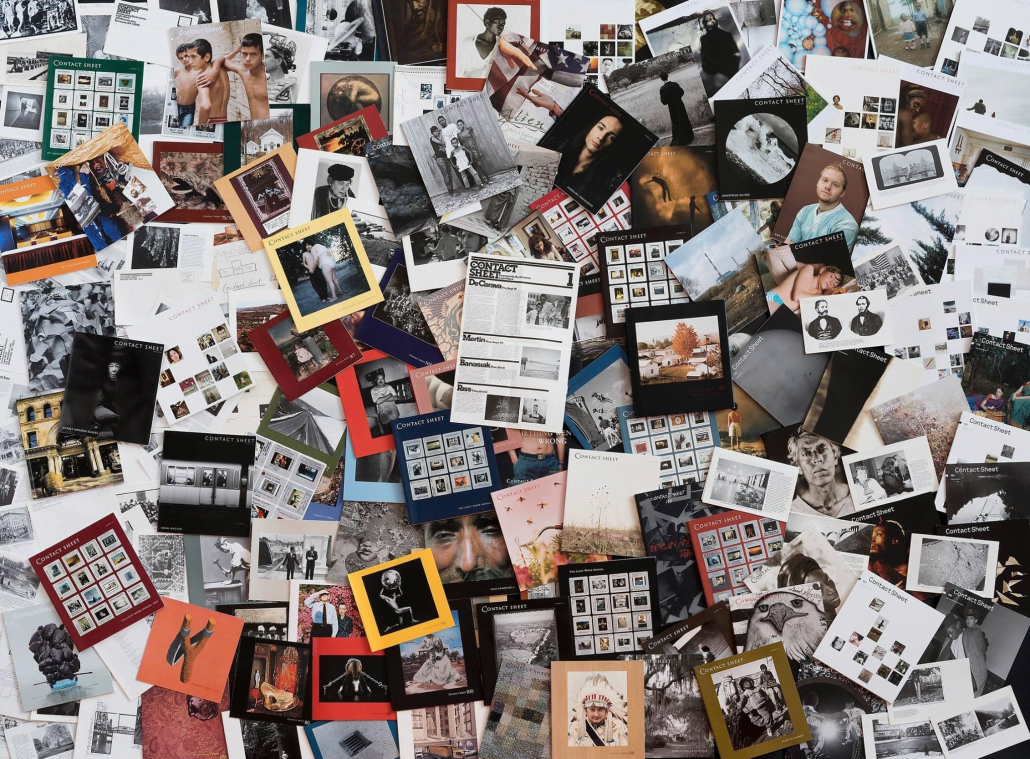Artist to Artist: Light Work’s Fine Print Program
Rivalry Projects is sharing a new exhibition in collaboration with Light Work (Syracuse, NY) and their renowned Fine Print Program. In this exclusive partnership with Rivalry Projects, Light Work will be offering affordable photographs from leading contemporary artists including Keliy Anderson-Staley, Atong Atem, Doug DuBois, Lucas Foglia, Jason Fulford, Sharon Harper, Shane Lavalette, Wayne Lawrence, Irina Rozovsky, Miki Soejima, Rodrigo Valenzuela, and Vasantha Yogananthan.
On view in Rivalry’s Project Space from May 13-June 30, 2022, Artist to Artist highlights artwork available through the Fine Print Program and makes collecting photography a very real possibility for everyone. Each artist has donated their pieces in support of Light Work’s mission, and through the generosity of these artists Rivalry Projects and Light Work are able to offer them at affordable prices.
Artwork will be available to purchase from May 13 onward in-person at Rivalry Projects. You can also find participating artists and available work on our Artsy page. You can find all available works from the catalog of Light Work’s Fine Print Program through their website at www.lightwork.org
As an added component of this partnership, Rivalry Projects will also offer issues of Contact Sheet, Light Work’s single photographer-focused magazine, which they publish five times per year. Rivalry will also be signing up those interested for Contact Sheet subscriptions. Please note: each subscription directly supports Light Work’s programs, including residencies, exhibitions, and publications.
Rivalry Projects is a commercial art gallery and arts production space located at 106 College Street in Buffalo’s historic Allentown neighborhood.
Artist and curator Ryan Arthurs founded Rivalry to create an arts space that can function as both a site of exhibition and production of contemporary art. Rivalry exhibits emerging, mid-career, and under-represented artists working in all media.
Light Work is an artist-run, non-profit organization founded in 1973. Its mission is to provide direct support through residencies, publications, exhibitions, a community-access digital lab facility, and other related projects to emerging and under-represented artists working in photography and digital imaging.
In 1991, Light Work began to offer limited-edition prints and signed books through their subscription program for the first time. This program remains a unique way for artists they’ve supported to give back to the next generation of artists coming through their programs. Over the past twenty-three years, Light Work’s Fine Print Program has included works by many important contemporary artists, including Dawoud Bey, Alessandra Sanguinetti, Mark Steinmetz, Carrie Mae Weems, William Wegman, James Welling, Deborah Willis, and Hank Willis-Thomas.













